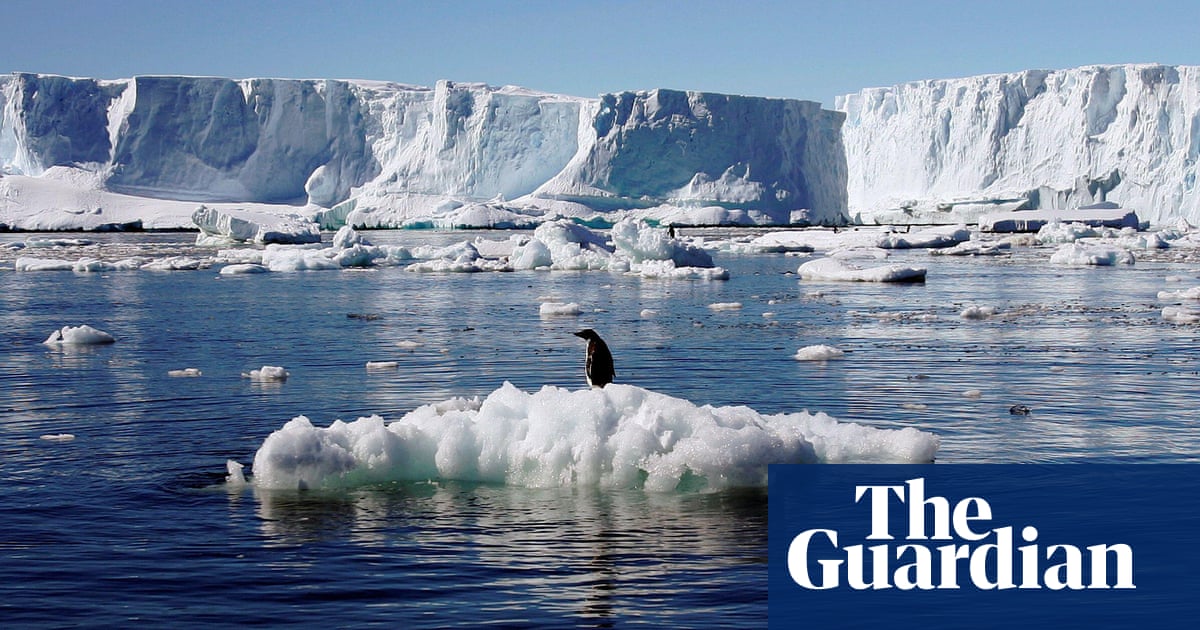
Bangladesh was ranked 7th among countries most vulnerable to climate change
Researchers say South Asian nation’s sea level will rise 1 meter in 100 years
DHAKA: Sea levels in Bangladesh are rising faster than the global average, a new study has found, as officials race to address its multidimensional threats that include the destruction of 17 percent of the country’s lands over the next two decades.
With its low-lying geography and location in the Bengal Delta, Bangladesh is highly prone to flooding. But climate change has exacerbated its flood risks, as glaciers melt and extreme weather events become more frequent.
The average sea level has risen at a rate of 3.8 to 5.8 millimeters per year in Bangladesh, according to a study published last month by Bangladesh’s Ministry of Environment, Forest and Climate Change, showcasing a higher rate than the global trend of 3.7 mm per year.
“The impact of sea level rise is actually very huge,” said Dr. A.K.M. Saiful Islam, principal investigator of the study.
“Our sea level rise will increase 1 meter in the next 100 years. It’s one of the worrying outcomes of our research. Our fear is that in the coming years, this rate of sea level rise will further accelerate due to thermal expansion.”
In the 2021 World Climate Risk Index, Bangladesh was ranked seventh among the countries most vulnerable to climate change. Scientists predict that a 1-meter rise in sea levels will submerge nearly a fifth of the country’s agricultural and habitable lands, displacing about 20 million people.
“There is fear that 17 percent of our lands will be submerged. It will also cause increasing salinity both in farming land and underground water. Eventually, it will threaten our food security, as 6 to 9 percent of our rice cultivation will decrease,” Mohammed Harun Or Rashid, deputy director at Bangladesh’s Department of Environment, told Arab News.
“The impacts of the sea level rise are multi-dimensional. It will decrease our crop production in various ways, like increasing salinity, inundation of cultivating land, et cetera. It requires an integrated approach to deal with the situation.”
About 50 percent of Bangladesh’s population is employed in agriculture, while over 70 percent of its land is dedicated to growing crops. The sector constitutes a fifth of the South Asian country’s economy.
According to a 2019 International Monetary Fund report, rising sea levels and coastal erosion could also cause Bangladesh to lose 30 percent of its food production in 20 years.
The Bangladeshi government is planning to use the latest report on the rise of sea levels as a baseline for future measures.
“The Bangladeshi government has initiated different kinds of protection measures like the building of dams … But earlier, we didn’t have any specific study on hand about the necessary heights of the dams … to be safe for the next 100 years,” Rashid said. “Since we have a scientific study now, this sort of decision can be taken more accurately.”
Bangladeshi scientists are also experimenting to increase production of rice variants that are more tolerant to salinity, he added.
“Our scientists have already invented some salinity-tolerant variants of rice. But with the results of our latest research, scientists can now proceed further to determine how much (of such variants) will be required.”












